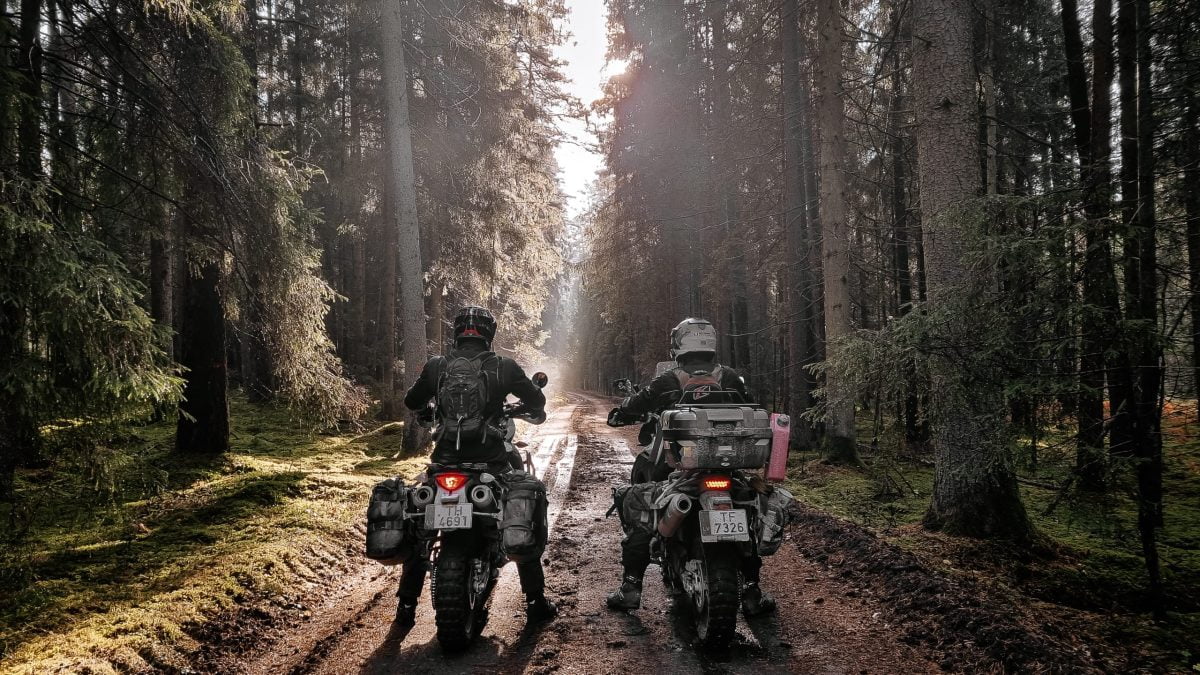Are you ready for an unforgettable experience that combines the thrill of riding a motorcycle with the joys of camping in nature? Motorcycle camping is a unique way to explore and discover new places while having fun outdoors.
Whether you’re an experienced rider or just starting out, there are many tips and tricks to make your adventure as safe and enjoyable as possible.
From essential gear to packing techniques, campsite selection, safety considerations, riding strategies, navigation tactics and maintenance advice – this blog post has it all.
So don’t wait any longer; join us on our journey into motorcycling exploration through motorcycle camping.
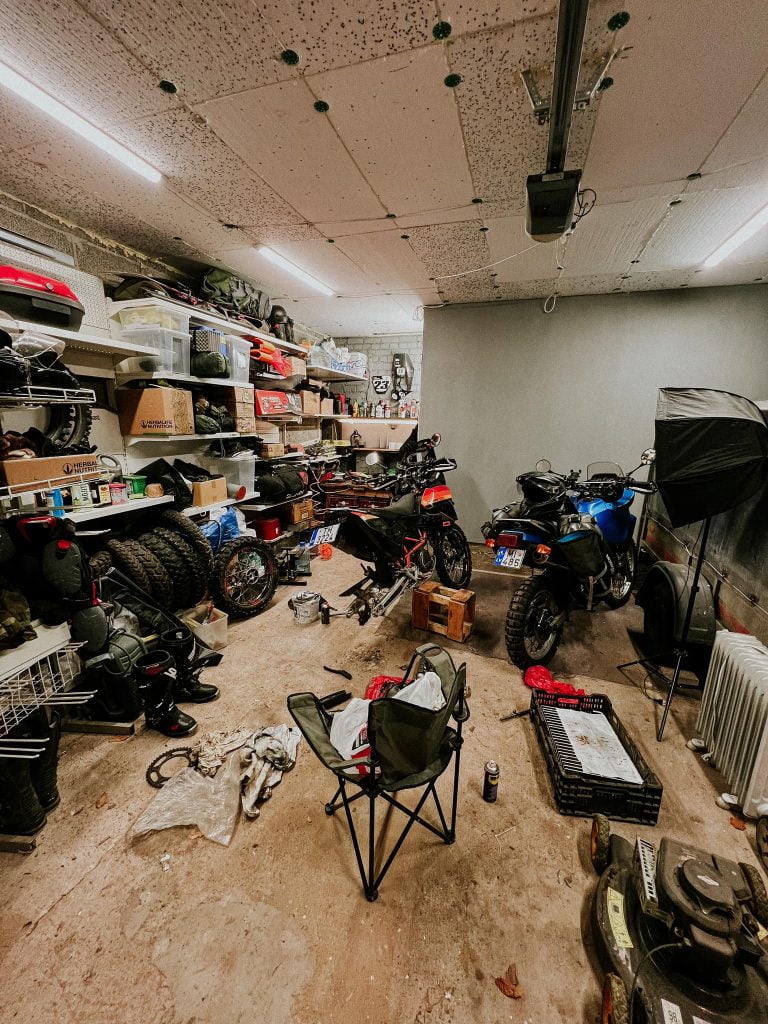
Gear Essentials
When it comes to motorcycle camping, having the right gear is essential. A good tent is a must-have item for any camping trip. Look for tents that are lightweight and easy to set up, as well as waterproof materials that will keep you dry in case of rain or snow. Make sure your tent has enough room for all of your gear and sleeping bags.
Sleeping bags are also an important part of any camping trip. Choose one with a temperature rating appropriate for the season and climate you’ll be riding in; synthetic fill sleeping bags tend to be more comfortable than down ones when wet or damp conditions occur. Don’t forget about extra blankets, pillows, and even earplugs if needed.
Cooking supplies should include items like pots, pans, utensils, plates/bowls/cups (preferably plastic or metal), lighters/matches/fire starters (for campfires), fuel canisters (if using a stove) and food storage containers. If you plan on cooking over an open fire pit make sure you have plenty of wood on hand too.
Having the right gear is essential for a successful motorcycle camping trip, so make sure to pack wisely and carefully. Now that you have all your gear sorted out, let’s look at some packing tips.
Packing Tips
When it comes to packing for a motorcycle camping trip, efficiency and safety are key. Knowing what items you need and how to pack them can make all the difference in having an enjoyable adventure. Here are some tips to help you get started:
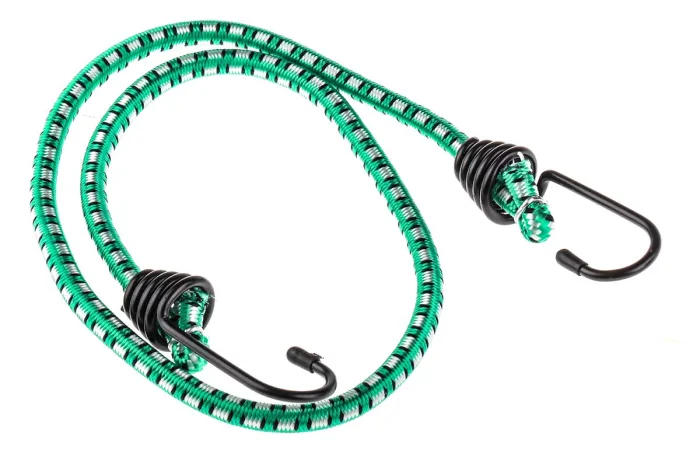
Bungee Cords:
Bungee cords are essential for securing your gear onto your bike. Make sure they’re strong enough for the weight of your load, as well as long enough so that everything is secure. Consider using two bungees per item or bundle of items to ensure maximum stability on bumpy roads.
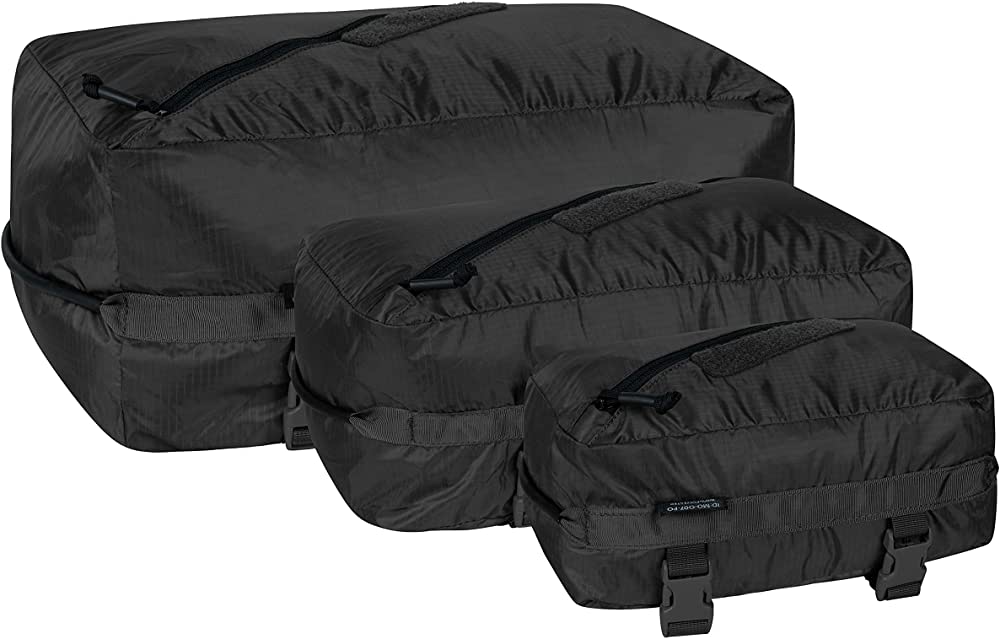
Packing Cubes:
Packing cubes can be incredibly helpful when organizing smaller items like clothing and toiletries into one place while keeping them separate from other items in your bag. This will save time during setup and breakdown at each campsite, making it easier to find exactly what you need quickly without rummaging through multiple bags or containers.
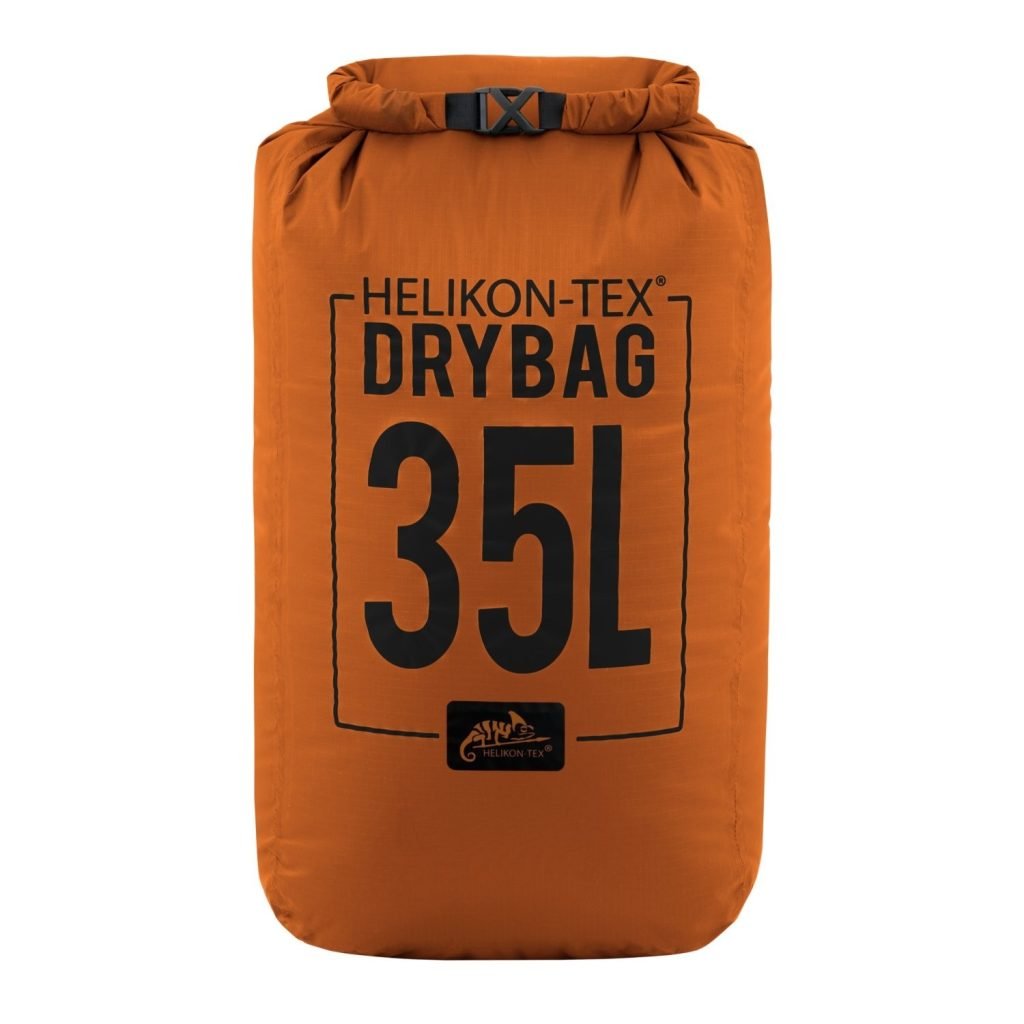
Compression Bags:
Compression bags are great space-savers when packing bulky items such as sleeping bags or blankets since they reduce the size of these larger pieces significantly by squeezing out excess air with a vacuum sealer or rolling technique before zipping shut. This allows more room in your saddlebags for other essentials like food and water bottles which may not compress down easily otherwise.
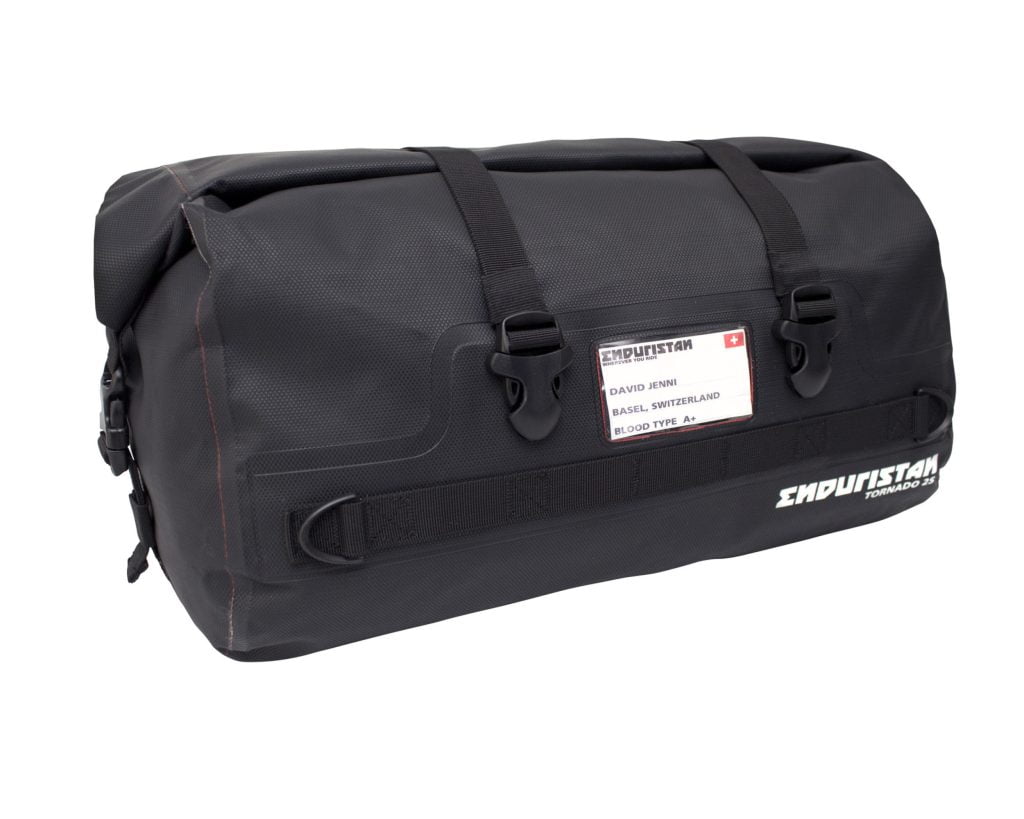
Waterproofing Your Gear:
It’s always important to protect any electronics, paper documents, maps, etc., from moisture damage while on the road – especially if rain is expected during your trip. Investing in waterproof cases (or even just large Ziploc bags) will give you peace of mind knowing that all valuable belongings remain dry no matter what Mother Nature throws at you.
Whenever possible, try to bring lightweight versions of necessary items such as cookware sets made from titanium instead of stainless steel; this will cut down on overall weight significantly without sacrificing too much in terms of quality performance. Additionally, look for multi-use pieces such as tools that serve multiple purposes like screwdrivers with interchangeable heads – this way less space is taken up but still plenty functional.
Once you have the essentials for your camping trip packed, it’s time to start looking for a campsite that meets all of your needs.
Campsite Selection
When it comes to choosing the right campsite for your motorcycle adventure, there are several factors to consider. Location is key when selecting a campsite. Look for sites that offer access to trails and other outdoor activities you’d like to experience on your trip. If you plan on exploring nearby towns or attractions, make sure the site is close enough so that you can get back in time before dark.
Terrain should also be taken into account when picking a campsite. Make sure the ground is level and free of debris such as rocks or sticks which could cause an accident if left unchecked. Also, look for areas with plenty of shade from trees or bushes; this will help keep temperatures down during hot summer days and provide some protection from windy conditions at night.
Amenities are another important factor when selecting a campsite. Does the site have running water? Are there restrooms available? What about fire pits or picnic tables? These amenities can make camping much more enjoyable, especially if they’re within easy reach of your tent spot.
Finally, don’t forget safety considerations when looking for a place to camp out on your next motorcycle adventure. Check with local authorities regarding any restrictions in place due to weather conditions or wildlife activity in the area before setting up camp anywhere unfamiliar. Be aware of potential hazards such as falling branches or loose terrain that could lead to an injury while riding around near your chosen spot – better safe than sorry.
Overall, finding the perfect campsite requires careful consideration of all these factors: location, terrain, amenities and safety concerns must all be taken into account before settling down for the night after an exciting day spent exploring new places by bike. With this in mind, you can ensure that your motorcycle adventure is as safe and enjoyable as possible.
Choosing the right campsite can make or break your camping experience, so it’s important to take the time to find a spot that meets all of your needs. Now let’s explore what foods you should bring along on your next motorcycle camping trip.
Camping foods
When camping, food is an important part of the experience. Eating outdoors can be a great way to enjoy nature and make memories with friends and family. It’s important to plan ahead when it comes to food for your camping trip. Here are some tips on what foods to cook or prepare while out camping and what cooking equipment you should bring along.
Pack non-perishable items like canned goods, dried fruits, nuts, crackers, granola bars, jerky, peanut butter and jelly sandwiches that don’t need refrigeration. These will last longer than fresh produce so they’re ideal for multi-day trips where you won’t have access to a refrigerator or grocery store. You can also pack things like instant oatmeal packets or cereal cups that just require hot water for breakfast in the morning before heading out on your adventure.
Bring plenty of fuel if you plan on using a camp stove as well as other cooking supplies such as pots/pans/kettles/utensils etc., depending on how elaborate your meals will be during the trip. If you’re going car camping then consider bringing along a small charcoal grill which can provide more options for grilling meats and vegetables over an open flame.
You’ll want to make sure all ingredients are packed in airtight containers so they stay fresh throughout the duration of your trip – this includes anything from spices & seasonings (which add flavor) to oils & sauces (which help keep food moist). Additionally, it’s always good practice not only for convenience but safety too – especially if there are bears around.
For dinner ideas, try prepping simple one-pot meals such as chili macaroni or spaghetti with meat sauce that require minimal effort yet still provide delicious flavor when cooked over an open fire pit or camp stove top burner. These types of dishes typically contain enough calories and protein needed by active adventurers engaging in strenuous activities during their time outdoors. Other quick meal ideas include foil packet dinners made up of potatoes, vegetables, and meat wrapped tightly together inside aluminum foil then placed directly onto hot coals until cooked through – no mess, no fuss.
For snacks, consider trail mix to provide energy boosts throughout day hikes. Additionally, dehydrated fruit slices are a great option as they take up less space than regular fruits and last much longer without spoiling quickly due to their lack of moisture content; making them an ideal addition for any outdoor excursion menu plan.
Safety Considerations
When camping, it’s important to remember that the food you bring should be easy to prepare and nutritious – but also don’t forget about safety considerations when out in the wild.
Safety Considerations
Safety is paramount when it comes to motorcycle camping trips. Whether you’re a seasoned rider or just starting out, there are certain precautions that should be taken in order to ensure your safety and the safety of those around you.
Wear Protective Gear:
It is essential that all riders wear protective gear while on their motorcycle camping trip. This includes helmets, gloves, boots, jackets and pants designed specifically for riding motorcycles. Make sure they fit properly and are made from durable materials such as leather or Kevlar. Also consider investing in eye protection such as goggles or face shields if necessary.
Be Aware of Your Surroundings:
Pay attention to your surroundings at all times while riding your motorcycle during a camping trip. Be aware of other vehicles on the road and any potential hazards like potholes, debris or animals crossing the road ahead of you. Additionally, keep an eye out for changes in weather conditions which can affect visibility and traction on the roads – rain can make roads slippery so take extra care when travelling through wet areas.
Check Your Motorcycle Before You Ride:
Before embarking on any long-distance ride it’s important to check over your bike thoroughly before setting off; this includes checking tire pressure levels, oil levels and brakes among other things. If anything looks amiss then don’t hesitate to get it fixed by a professional mechanic before continuing with your journey.
Plan Ahead:
Planning ahead will help reduce stress levels during a motorcycling adventure – map out routes beforehand using GPS technology if possible so that you know where you’re going (and how long it will take) before leaving home. Additionally make sure that someone knows where you plan to go each day – this way they can alert authorities if something were to happen along the way.
It is important for both safety and legal reasons to know when to stop riding. Before setting off on any long distance rides, familiarize yourself with the regulations of the states you will be travelling through regarding how many hours per day one can legally ride without taking breaks. Additionally, fatigue plays an important role in safe driving; take regular breaks throughout the day if needed in order to stay alert behind the wheel or handlebars.
It’s important to always practice safe riding techniques and be aware of your surroundings when embarking on a motorcycle camping adventure; but don’t forget that the journey can be just as rewarding as the destination, so use these safety considerations as a guide for an enjoyable experience. Now let’s explore some riding techniques to make sure you get there safely.
Riding Techniques
Riding Techniques are an essential part of any adventure motorcycle trip. Knowing how to handle your bike in different terrain and weather conditions is key to staying safe and having a successful ride. Here are some tips on riding techniques that will help you stay safe while navigating rough terrain or challenging roads during your trip:
Braking:
When braking, always use both brakes simultaneously for maximum stopping power. This will also help prevent the front wheel from locking up which can cause a crash. When approaching turns, brake before entering them so you have full control over the bike when making the turn.
Cornering:
Cornering requires skill and practice to master it properly. Always look ahead at where you want to go rather than focusing on what’s directly in front of you as this will give you more time to react if something unexpected happens such as an animal crossing the road or debris in your path. Keep your body relaxed but be ready for sudden movements by keeping your elbows slightly bent and feet firmly planted on the pegs with toes pointed outward for better grip on slippery surfaces like mud or gravel roads.
Weight transfer is a key component of successful cornering, acceleration, deceleration, hill climbing and descending. To do this correctly, one must push down with one foot while pushing up with the other and lean into the desired direction using upper body movement rather than relying solely on handlebar input. This technique should be practiced off-road first until it has been mastered before attempting it in traffic.
Accelerating too quickly can cause loss of traction due to spinning tires, so make sure not to exceed recommended speeds when taking off from a stoplight or merging onto highways etc. Likewise, decelerate gradually by rolling off the throttle rather than slamming on the brakes suddenly; this gives other drivers behind more time to react accordingly without causing any accidents. Additionally, keep an eye out for potholes and uneven surfaces which could potentially throw off balance if taken too fast; try slowing down beforehand whenever possible even if just momentarily until passing through safely again afterwards.
From mastering the basics of riding to perfecting more advanced techniques, there is always something new and exciting to learn about motorcycle camping. Now let’s explore how to navigate these adventures with confidence and success.
Navigation Strategies
Navigation is a key part of any motorcycle camping trip. It’s important to plan ahead and know where you are going before you set out on your journey. Here are some tips for navigating unfamiliar areas while on your adventure:
1. Research Your Route:
Before heading out, take the time to research your route thoroughly. Look at maps, check online reviews from other riders, and read up on local laws and regulations that may affect your travel plans. This will help ensure that you have a safe and enjoyable ride.
2. Bring A GPS Device:
Invest in a good quality GPS device or smartphone app so that you can easily find your way around unfamiliar terrain without getting lost or taking wrong turns. Make sure it has accurate mapping capabilities as well as voice guidance for easy navigation when needed.
3. Use Road Signs And Markers:
Pay attention to road signs and markers along the way so that you don’t miss any important turns or exits during your travels. If possible, make note of these landmarks so that if something goes wrong with your GPS device or phone app, you still have an idea of where to go next based off what you saw along the way
4 .Bring Extra Maps Or Printouts:
In case technology fails (which happens more often than we’d like), bring extra paper maps or printouts just in case there’s no cell service available in certain areas of the route which could cause problems with digital navigation devices such as smartphones apps & GPS units
5 .Ask Locals For Directions:
Don’t be afraid to ask locals for directions if needed. Most people are happy to help travelers who need assistance finding their way around town – plus they might even give helpful advice about hidden gems worth checking out along the way
6 .Keep Track Of Where You’ve Been:
As much as possible try not to backtrack too much by keeping track of where exactly you’ve been already – this will save time & energy when trying to get back home after exploring new places
Take advantage of the many online resources available today to help plan your route ahead of time. This will save you time and energy when trying to get back home after exploring new places, as well as helping you avoid backtracking too much by keeping track of where exactly you have been already.
Navigating the terrain on a motorcycle camping adventure can be challenging, but with the right strategies and tools in place, you can ensure that your journey is safe and successful. Now let’s look at some maintenance tips to help keep your bike running smoothly throughout your trip.
Maintenance Tips
It is essential to maintain your motorcycle before and during any adventure. Proper maintenance can help ensure that you have a safe and enjoyable ride. Here are some tips for keeping your bike in top condition:
1. Check the Fluids:
Before embarking on an adventure, check all of the fluids in your bike including oil, coolant, brake fluid, and clutch fluid. Make sure they are filled to their recommended levels and replace them if necessary. Additionally, it’s important to inspect the hoses for cracks or leaks as well as checking the air filter for dirt or debris buildup.
2. Inspect Tires:
It’s also important to inspect tires before each trip to make sure they are properly inflated and not showing signs of wear or damage such as bulges or bald spots. If needed, rotate tires so that they wear evenly over time which will extend their life span significantly while providing better handling characteristics when riding off-road terrain such as mud or sand dunes.
3 .Check Lights & Electrical Components:
All lights should be checked prior to departure including headlights, tail lights, turn signals etc., ensuring that they are functioning correctly with no flickering or dimming issues present when turning them on/off repeatedly at different speeds/angles etc Additionally electrical components such as battery terminals should be inspected regularly for corrosion build up which could cause problems down the road if left unchecked too long without being cleaned off appropriately using a wire brush specifically designed for this purpose only.
It is essential to regularly lubricate moving parts such as chains and sprockets in order to ensure they run smoothly throughout your journey. This should be done every few hundred miles, depending on how often you typically ride. Failing to do so can lead to excessive friction, resulting in grinding noises that could cause problems down the road if left unchecked for too long.
It is essential to regularly lubricate moving parts such as chains and sprockets in order to ensure they run smoothly throughout your journey. This should be done every few hundred miles, depending on the frequency of riding. Neglecting this step can lead to excessive friction, resulting in grinding noises that could cause problems down the road if left unchecked for too long. Additionally, keeping your bike clean is a great way to maintain its performance level over time since dirt buildup can create unnecessary strain on various components due to increased resistance against areas where grease would normally flow freely otherwise.
Tuning up your bike periodically will help keep it running efficiently while extending its lifespan significantly compared to neglecting regular tune ups altogether. This ultimately leads to more expensive repairs down the line, unless one takes appropriate preventative measures ahead of time proactively. With this in mind, hopefully everything else might work out just fine after all.
FAQs in Relation to Motorcycle Camping
Can you go camping with a motorcycle?
Yes, you can go camping with a motorcycle. Motorcycles provide an ideal way to explore the outdoors and camp in remote locations. With a lightweight bike, you can easily traverse off-road trails and reach areas that are inaccessible by car. You’ll need to pack light for your trip, but it’s possible to bring all the necessary supplies for a comfortable camping experience. Whether you’re looking for an adventure or just want to get away from it all, motorcycle camping is an exciting way to enjoy nature and have some fun.
How do you pack a motorcycle for camping?
Packing a motorcycle for camping requires careful planning and preparation. Start by making a list of all the items you need to bring, including any gear or supplies that may be needed for your trip. Then, determine what type of luggage system is best suited for your bike and needs; soft bags are great for lighter loads while hard cases offer more protection from the elements. Make sure to secure all items tightly so they don’t move around during transport. Finally, double check everything before leaving to ensure nothing has been forgotten. With proper packing techniques, you can enjoy an unforgettable adventure on two wheels.
How do you carry water on a motorcycle camping?
There are a variety of ways to carry water on a motorcycle camping trip. The most common way is to use a hydration pack, which straps onto your back and holds several liters of water. Another option is to use saddlebags or panniers that can be attached to the bike and filled with large containers of water. Additionally, you could bring along collapsible jugs or canteens that can easily fit in any small space on the bike. No matter what method you choose, make sure it’s secure so it won’t spill while riding.
What is a motorcycle tent?
A motorcycle tent is a specialized type of camping shelter designed specifically for use with motorcycles. It offers the convenience and comfort of traditional tents, but with added features that make it ideal for motorcyclists. These include higher walls to accommodate larger bikes, more durable materials to withstand wind and rain, as well as additional storage space for gear and supplies. Motorcycle tents are also lightweight and easy to transport on your bike, making them perfect for long-distance rides or outdoor adventures.
Conclusion
Motorcycle camping is a great way to explore the outdoors and experience adventure. It requires careful planning, packing the right gear, selecting an appropriate campsite, preparing delicious camping foods, staying safe on the road and trails, navigating efficiently, and maintaining your bike. With all these considerations in mind you can have a successful motorcycle camping trip that will be full of memories for years to come.
Ready to hit the open road? Whether you’re an experienced motorcycle camper or just starting out, OUTDURO can help make your adventure a reality. Our resources and tips will get you geared up for any outdoor activity while ensuring that safety is always first. With our expert advice, reliable equipment reviews, and trip planning tools, we’ll have you camping on two wheels in no time! Join us today and explore the world of motorcycle camping with confidence!
